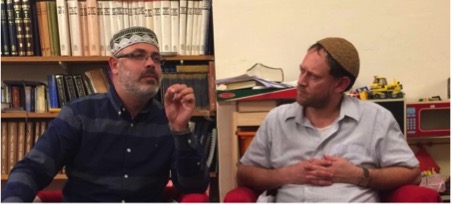How can we bring peace to our minds? It is something that many of us have wondered after being burdened with the seemingly endless stresses of modern life. Depending on the kind of person you are, you may have taken a scientific approach to achieve a calm and quiet mind – perhaps trying to get the correct amount of sleep in order to wake feeling refreshed and restored or choosing endorphin-rich foods and exercise.
Meanwhile, others look to spiritual practices, using meditation and candle-lit baths to shake off the mental weight of the day. Recently, however, neuroscience has been connecting the links between the two disciplines and finding that Buddhists may well have a point.
Save the World
“It is inner stillness that will save the world” Eckhart Tolle. He teaches that happiness is dependent on outside circumstances but inner peace is not. Could it be that if we can obtain more inner peace we will not over consume the world’s resources?
Feed the Mind with Positivity
Ever heard of the Mind and Life Institute? A collaboration between the Dalai Lama himself and a team of scientists, the group was set up in the late 80s. Together, they have shown that mind training is a very real tool and that we can all use it to our benefit.
So, if you have ever stood in front of your mirror repeating positive affirmations to yourself, you have been working to train your brain. Whether you felt silly, or not, repeating this process on a regular basis will have had a great benefit to your mind, leaving you feeling more confident and happier in the long run. Meditation is also proven to help bring peace to the mind, as the brain is emptied of negative thoughts. With several types of meditation, the focus is on the breath, which, by releasing physical tension, also measurably reduces stress and anxiety.
Back in 2013, Barbara Fredrickson from the University of North Carolina, a positive psychology researcher, published a landmark paper that provides fascinating insights about positive thinking and how it effects our life skills. Her work is among the most respected in her field and it is surprisingly useful in everyday life.
She took groups of people and showed them different films. Some groups saw positive images while others saw negative images of fear and anger. Then each group had to come out and write about their experience and how they would react in a similar situation.
The groups who saw images of fear and anger wrote down the fewest responses as they saw less options. Meanwhile, the participants who saw images of joy and contentment wrote down a significantly higher number of actions that they would take. So positive emotions broaden our sense of possibility and open your mind up to more options in life.
She discovered that those who meditated daily had more positive thoughts than others who did not but that was just the tip of the iceberg. With her team of scientists, she found that people who experienced joy had useful side effects to their feelings that lasted far beyond the event.
In other words, when you are experiencing positive emotions like joy, contentment and love, you will see more possibilities in your life. These findings were among the first that suggested positive emotions broaden your sense of possibility and open your mind up to more options.
Fredrickson believes this is due to the happy emotions enabling you to see all the possibilities surrounding you. The more you feed your positive thoughts, the better you become at reading situations and taking advantage of what life has to offer. Noticing all the options available to you at any time enables you to build new skills and flourish through life, even if you are not having the best day, because you have trained your mind to see the positives whenever possible.
Indeed, this research only confirms what wise teachers have always known. Buddha began the Dhammapada with the words: “We are what we think” and science has since proven that our thoughts are creative and essential for creating peptides that become part of new cells in the brain, with positive thoughts creating more positive peptides and negative thoughts creating negative ones. So, the more you practice being positive and peaceful, the more natural it will eventually become.
Give the Gift of Peace
At Peace Gifts Shop, we want to help you train your brain for the better, which is why many of our products feature a quote about peace and how you can achieve it, while others feature a beautiful image to remind us of peace. We sell t-shirts, mugs, and posters, amongst other items, with phrases from well-known teachers, authors and poets from various religions, traditions and cultures around the world. Every time you have a cup of tea or put on your favourite outfit, you will be reminded of the phrase or peaceful image and it will become further ingrained in your memory.
Of course, once we have discovered peace for ourselves, it is natural to want to share the joy. Our products make fantastic gifts for your good friends and all members of the family. Despite our reasonable prices, these gifts will become priceless to the recipient, helping them to think positively and feel at ease with the world.
Even better, every penny we make from the sale of our items is put towards our charity which provides education, inspiration and action to promote inter-religious harmony in our multi-faith society and in the Holy Land. So, help us to spread the love, since a world full of peaceful people is all we could ever hope for.

